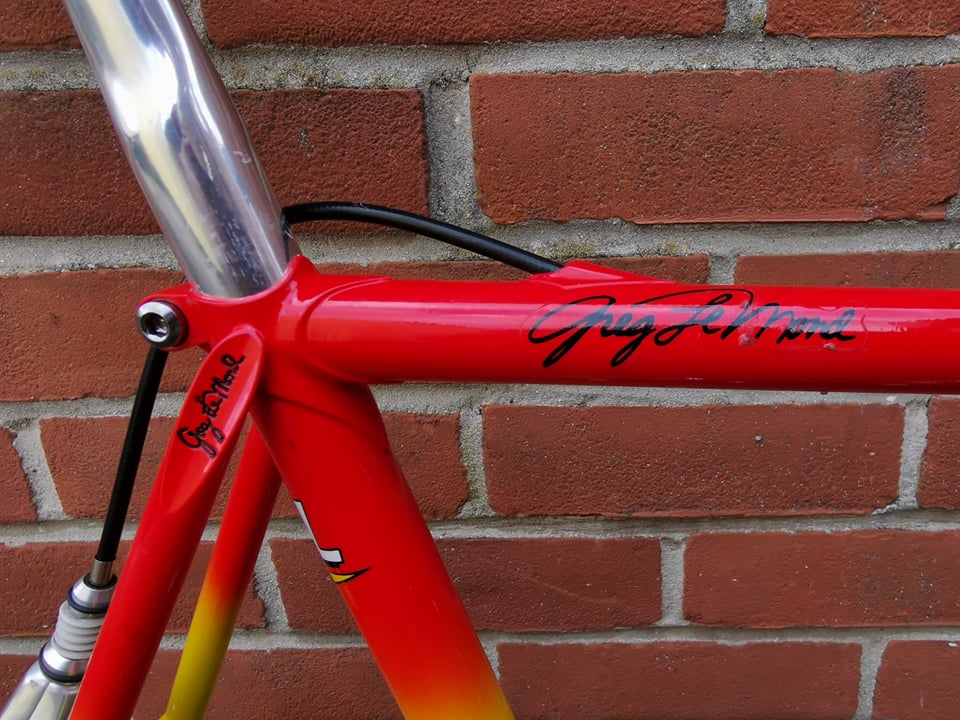

Fignon, left, finished second while Pedro Delgado, center-right, took third. LeMond on the podium after his overall win at the ’89 Tour de France. Then the race began, and on Stage 5 LeMond seized the overall leader’s yellow jersey. Even so, no one rated him a serious contender for the Tour de France title. He lagged at the rear of the peloton through the 1988 season and into 1989.Ī few weeks before the ’89 Tour, riding in the Giro d’Italia, LeMond finally showed signs of life. He returned to competition in the fall of 1987, entering races he couldn’t finish, then finishing races he couldn’t win. His daily outings stretched to 10 miles, then to 20, and soon LeMond was training again.

First he rode around his garage, then up and down his street and on little excursions around his neighborhood.
GREG LEMOND TEAM Z PROFESSIONAL
That he might reclaim a career in professional cycling, among the most grueling of sports, seemed absurd.īut once LeMond began to recover, he never really stopped. These lightweight, frameless glasses have a hydroleophobic finish to prevent the lenses from fogging up and keep your vision clear.ĭoctors wondered whether LeMond would live, let alone ride, let alone compete, ever again. American news outlets barely covered the accident, which LeMond and his doctors downplayed, fearing his PDM cycling team would fire him (it did so anyway). The hunting accident took LeMond out of circulation for two crucial years, time he might have spent winning more Tours and building a legend. On his way to becoming a household name, he then suddenly seemed to disappear. LeMond changed that, for a while, in 1986, when he won his and his nation’s first Tour de France. One reason: Competitive cycling, an obsession in Europe, barely registers as a sport in the States. While writing my book-titled, naturally, The Comeback-and traveling on the subsequent speaking tour, I asked dozens of non-cyclists what they knew of LeMond (not much) and the ’89 Tour (even less). Most Americans today know little of LeMond or his comeback. His massive heart and lungs, once rated at a VO2 max of 93, probably saved him. He lost perhaps one-third of his blood before rescuers arrived. A companion mistook him for game and fired, spraying LeMond with buckshot. In April 1987, at age 25, LeMond joined a turkey hunt on his uncle’s California ranch.

Gilbert Iundt Jean-Yves Ruszniewski // Getty Images


 0 kommentar(er)
0 kommentar(er)
